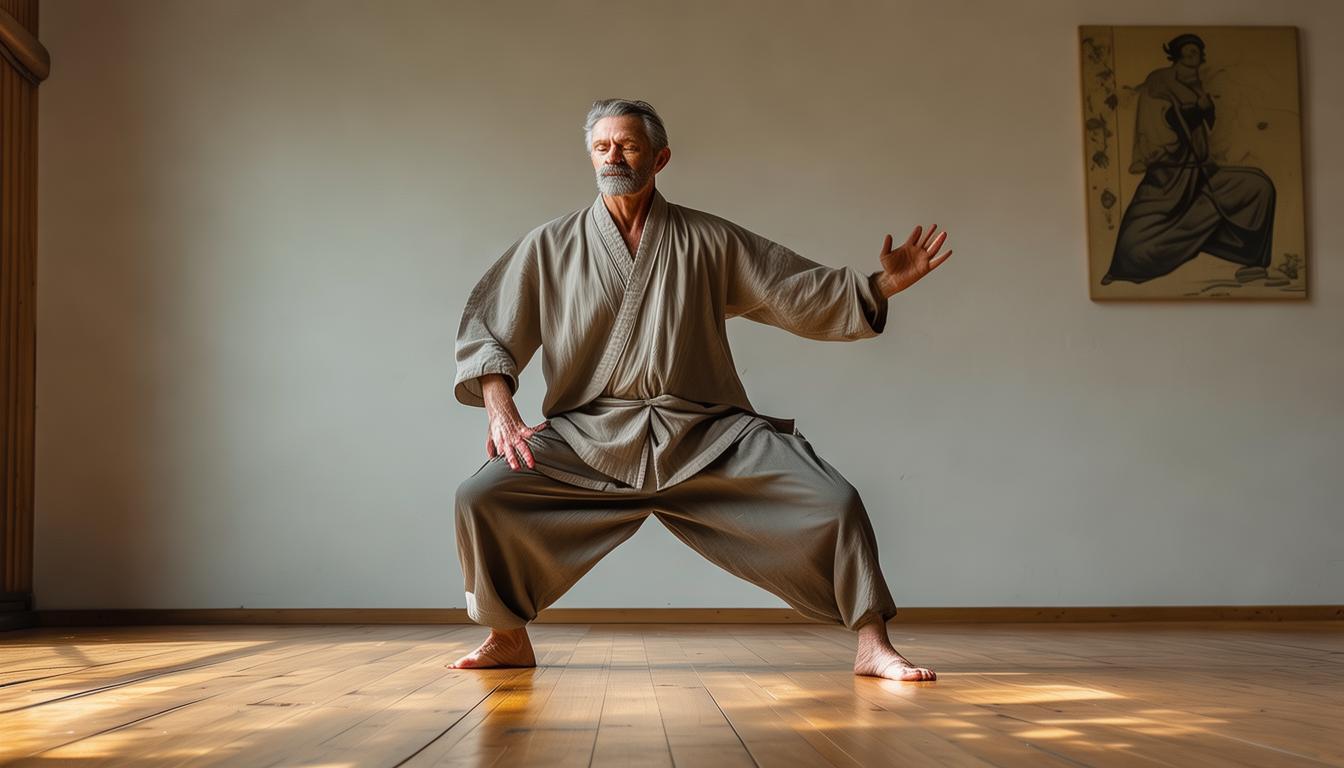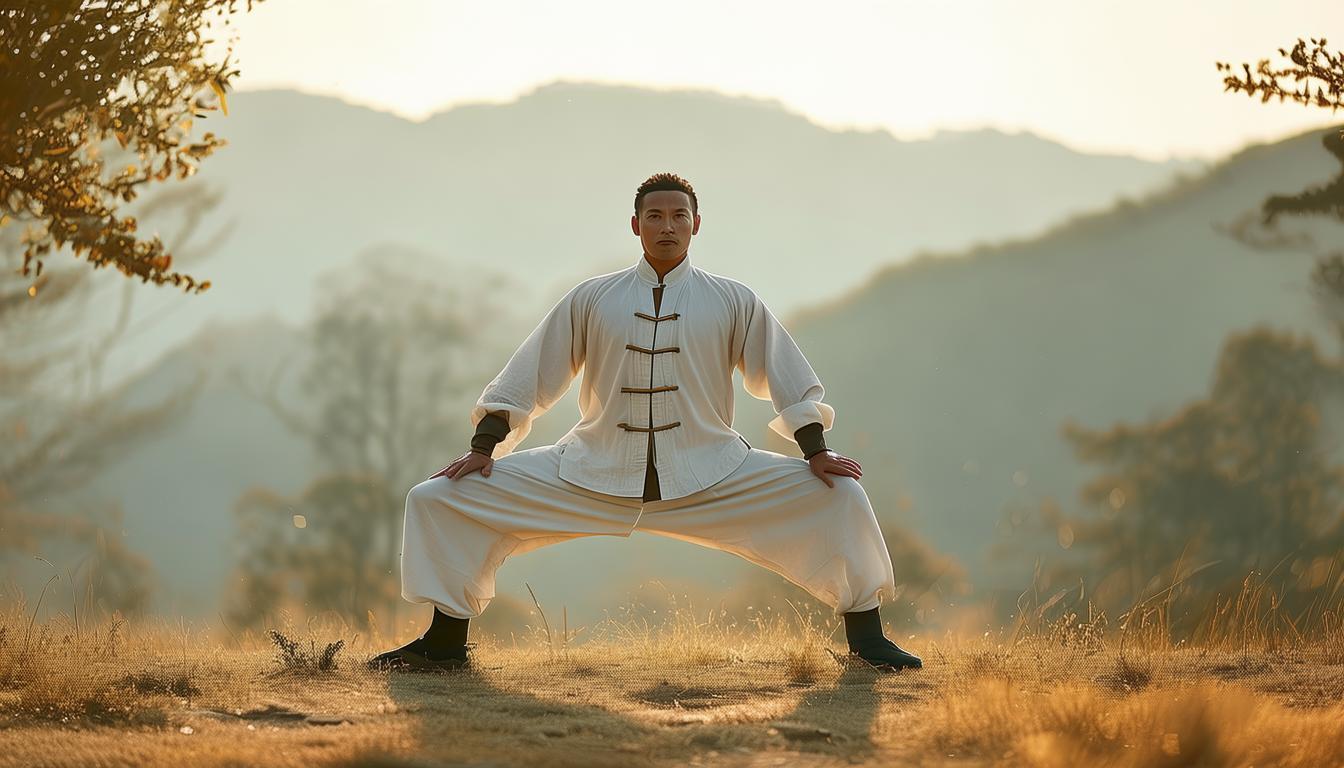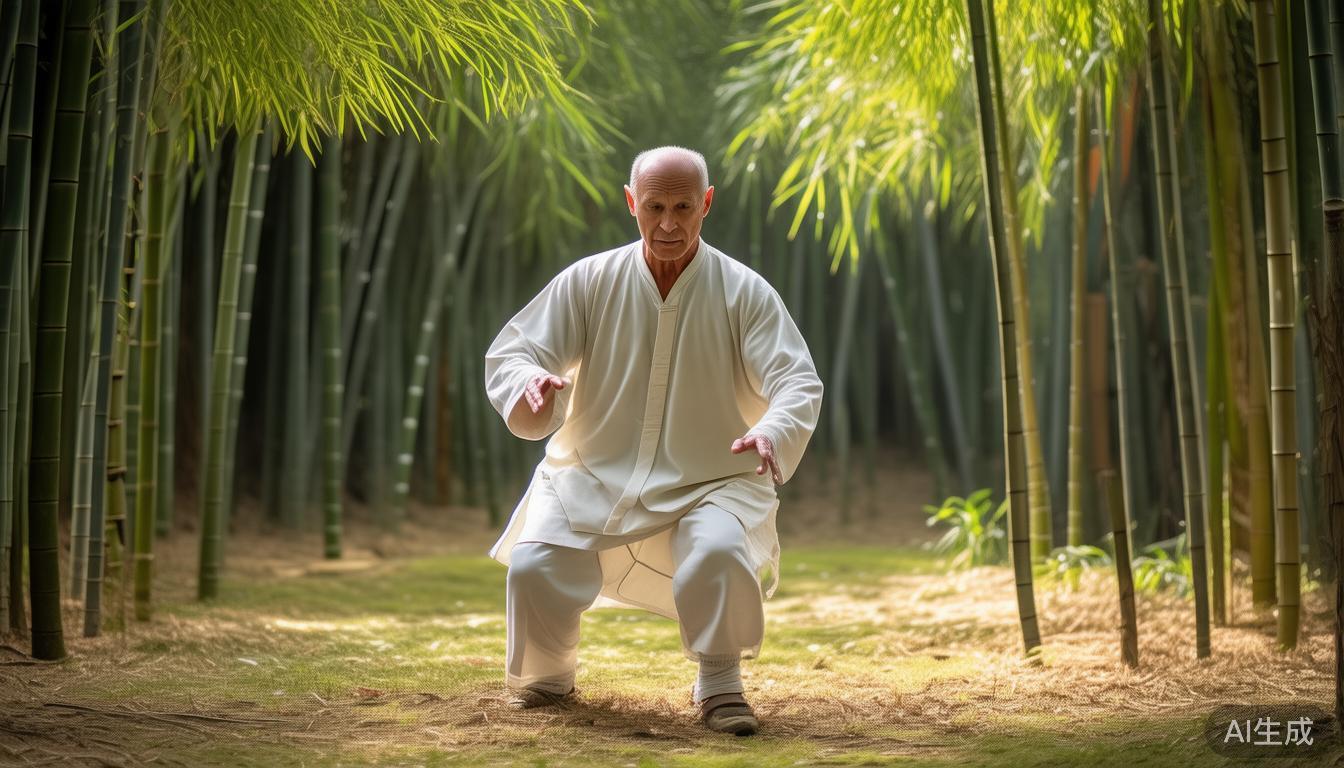Tai chi is a wonderful practice for improving balance. It combines slow, flowing movements with deep breathing, which can enhance stability and coordination. Through this gentle exercise, people of all ages can gain better control over their bodies, reducing the risk of falls and injuries.
Benefits of Tai Chi for Balance
Tai chi offers numerous benefits for balance. The slow, deliberate movements force you to engage your core muscles, which are essential for maintaining stability. As you move through the postures, you learn to shift your weight smoothly from one leg to the other, improving your proprioception. This enhanced body awareness helps you stay steady on your feet in daily life. For example, you'll find it easier to walk on uneven surfaces or get up from a chair without stumbling.
Posture Training

Correct posture is cruel for balance tai chi exercises for balance Parkinson Tai Chi , and tai chi is excellent for training it. In tai chi, you're taught to keep your spine straight and your shoulders relaxed. Maintaining this proper alignment distributions your weight evenly, making it easier to balance. When you practice regularly, you'll start to naturally hold your body in a more upright position throughout the day. This not only helps with balance but also reduces strain on your back and neck.
Mind – Body Connection
Tai chi emphasizes the connection between the mind and body. When you focus on the present moment during a tai chi session, your mind becomes more attuned to your body's movements. This heightened awareness allows you to make quick adjustments to your balance when needed. For instance, if you start to sway, your mind can quickly send signals to your muscles to correct your position. It's like having an internal balance coach constantly at work.
Balance – Specific Movements

There are specific tai chi movements designed to target balance. Movements like the "Stork Standing on One Leg" requires you to balance on a single leg for an extended period while maintaining a certain form. These movements gradually build up the strength and control in your legs and ankles. Over time,you'll notice a significant improvement in your ability to stand on one leg without losing your footing.
Incorporating Tai Chi into Daily Life
Once you've learned tai chi basics Tai Chi For Diabetes , you can incorporate elements of it into your daily life. You can practice simple tai chi – like movements while waiting in line or standing at a bus stop. These short, improve sessions can continue to reform your balance skills. Moreover, the relaxation and focus you gain from tai chi can carry over into other activities, making you more balanced in all aspects of life.
Do you have any favorite tai chi movements that you think are particularly helpful for balance? Share your thoughts and don't forget to like and share this article!




